Daffodils are hardy and easy perennials to grow in most regions of India where day high temperature remains below 30C are a Winter planted bulb, so plant them in october to jan and they will bloom in late Winter of march
Daffodils The traditional daffodil flower may be a showy yellow or white, with six petals and a trumpet-shape central corona, but many variations exists today. Leafless stems bear between 1 and 20 flowers; sometimes the flowers need to be staked so that they don’t weigh down the stems.
Daffodils are suitable for planting between shrubs or in a border, or for forcing blooms indoors. They also look wonderful in a woodland garden and in large groves. You’ll find that many gardeners plant the bulbs not just by the dozens but by the hundreds! Daffodil flowers also make for great cut flowers.



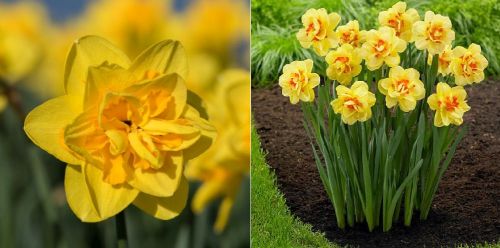
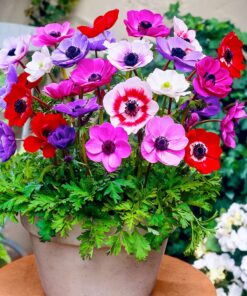

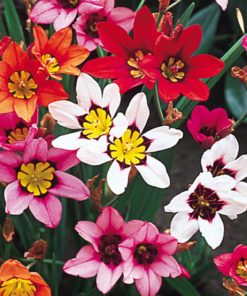
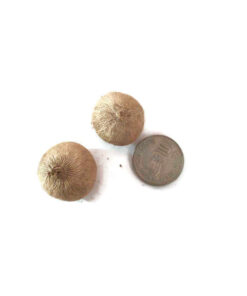
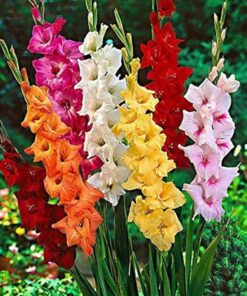
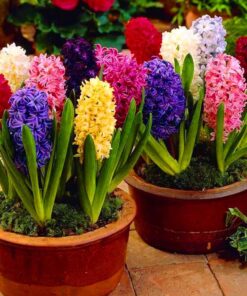
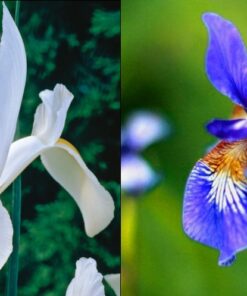
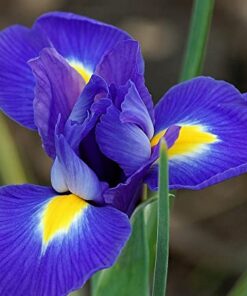
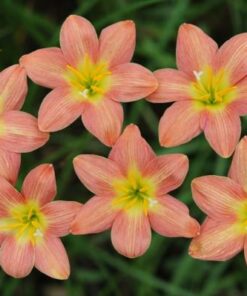
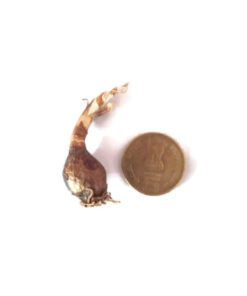
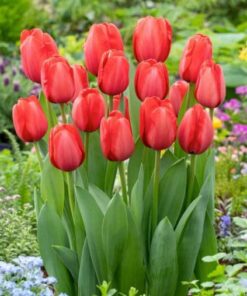
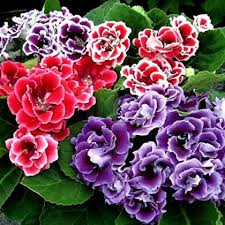

Reviews
There are no reviews yet.